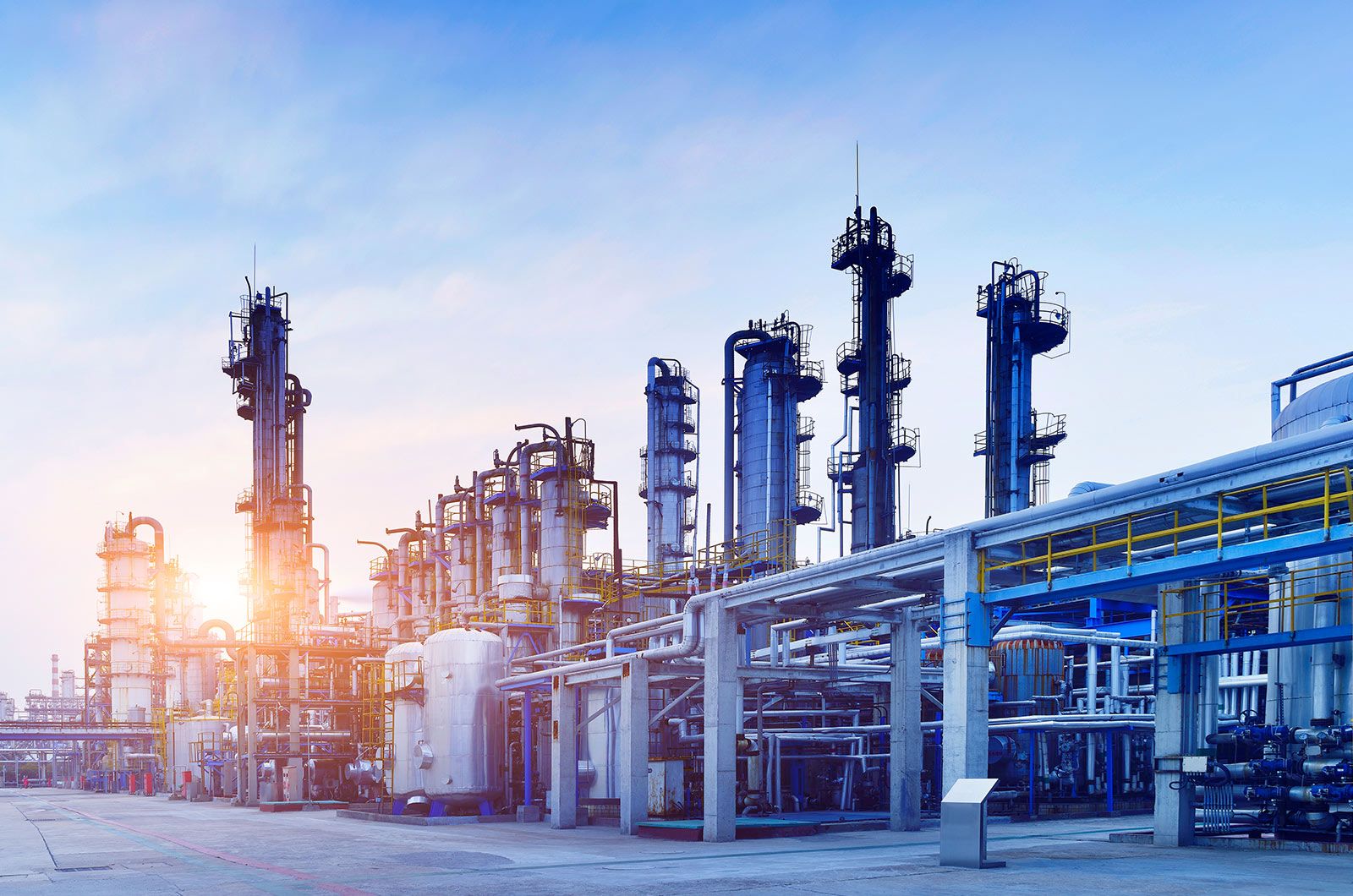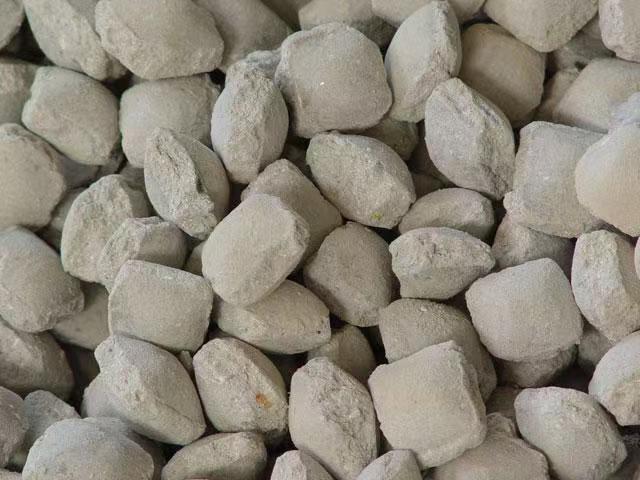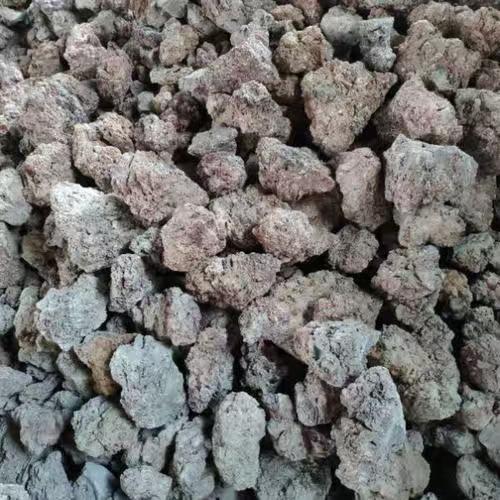What are the application fields of refractory materials?
Refractory materials are widely used in the following fields:
Metallurgical industry:
Ironmaking: Refractory materials are required for the lining of blast furnaces, hot blast stoves, and other parts to withstand high temperatures, wear and tear of furnace materials, and gas erosion. For example, in the body of a blast furnace, commonly used refractory materials include high alumina bricks, clay bricks, etc., which can ensure the stability of the blast furnace under long-term high-temperature operation.
Steelmaking: Various steelmaking equipment such as converters, electric furnaces, and refining furnaces cannot do without refractory materials. The lining of the converter is generally made of magnesia carbon bricks, which have good corrosion resistance and high temperature resistance, and can adapt to the complex smelting environment of the converter; The top and walls of the electric furnace are made of different refractory materials according to different requirements, such as silica bricks, magnesia bricks, etc.
Continuous casting: During the continuous casting process, critical parts such as the ladle and crystallizer also require refractory materials to ensure the smooth casting and solidification of the molten steel. The commonly used refractory materials for intermediate work lining include amorphous refractory materials such as magnesium and calcium, which can withstand the high temperature and erosion of molten steel.
Nonferrous metal smelting: In the pyrometallurgical process of non-ferrous metals such as copper, aluminum, lead, and zinc, high-temperature equipment such as smelting furnaces, refining furnaces, and roasting furnaces require the use of refractory materials to resist high temperatures and slag erosion. For example, refractory materials such as magnesia chrome bricks are commonly used for the lining of copper smelting reverberatory furnaces, which have good high temperature resistance and slag resistance, and can meet the requirements of copper smelting processes.
Building materials industry:
Cement industry: Refractory materials are required for the kiln lining, preheater, and decomposition furnace of cement rotary kilns. The firing zone of rotary kilns generally uses alkaline refractory materials that are resistant to high temperatures and wear, such as magnesium iron spinel bricks; Different types of refractory materials, such as clay bricks and alkali resistant bricks, can be selected for the preheater and decomposition furnace according to temperature and operating conditions.
Glass industry: The walls, bottoms, and nozzles of glass melting furnaces have extremely high requirements for refractory materials. The pool wall is usually made of high-quality refractory materials such as fused zirconia corundum bricks, which can withstand the high temperature erosion and chemical erosion of glass liquid; At the bottom of the pool, refractory materials such as chrome corundum bricks may be used to ensure the stability of the glass melting process.
Ceramic industry: The furnace and kiln equipment of ceramic kilns also require refractory materials to ensure the normal operation of the kilns and the firing quality of ceramic products. For example, in the firing zone of high-temperature tunnel kilns, refractory materials with high alumina content, such as corundum bricks, are often used.
Chemical industry: Many high-temperature equipment such as reactors, heating furnaces, and cracking furnaces in chemical production require refractory materials to insulate and withstand the high temperature environment of chemical reactions. For example, the reactors and regenerators in catalytic cracking units in the petrochemical industry are usually lined with high-temperature resistant and corrosion-resistant refractory materials, such as mullite bricks, silicon carbide bricks, etc; In the gasification furnace of the coal chemical industry, special refractory materials are also required to adapt to high temperature, high pressure, and strong reducing atmosphere.
Power industry:
Thermal power generation: The furnace, flue, cyclone separator and other parts of the power plant boiler need to use refractory materials to withstand the erosion and wear of high-temperature flue gas. For example, the fire facing surface of the water-cooled wall tube in the furnace is usually sprayed with refractory materials to prevent the water-cooled wall tube from being burned by high-temperature flue gas; The inner wall of the cyclone separator is often made of wear-resistant refractory materials, such as high alumina wear-resistant castables, to ensure the normal operation and separation efficiency of the separator.
Nuclear power: In nuclear power plants, some key equipment and parts also require refractory materials to provide protection and insulation. For example, special refractory materials may be used in the core structure materials of nuclear reactors to ensure stability and safety in high temperature, high pressure, and radiation environments.
Mechanical manufacturing industry: In the process of mechanical manufacturing, some high-temperature equipment such as heat treatment furnaces and casting furnaces also require refractory materials to ensure the normal operation of the equipment and the heat treatment quality of the workpieces. For example, in the blast furnace of the foundry industry, the lining is usually made of refractory materials such as clay bricks or high alumina bricks to withstand the scouring and erosion of high-temperature molten iron; In the heat treatment furnace, corresponding refractory materials will be selected according to different heat treatment processes and temperature requirements to ensure the uniformity and stability of the temperature inside the furnace.
Other fields:
Aerospace: In the aerospace field, some special high-temperature components and equipment may use refractory materials. For example, the nozzles, combustion chambers, and other parts of rocket engines require the use of high-temperature, high-pressure, and anti-oxidation refractory materials to ensure the normal operation of the engine under extreme conditions.
Environmental protection industry: In environmental protection equipment such as garbage incinerators and hazardous waste treatment furnaces, refractory materials are used to withstand high temperatures and corrosive gases. For example, high-temperature resistant, wear-resistant, and corrosion-resistant refractory materials are required for the grate, furnace, and other parts of a garbage incinerator to ensure the full combustion of garbage and the long-term stable operation of the equipment.









Please first Loginlater ~